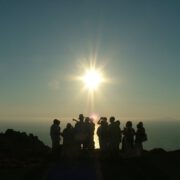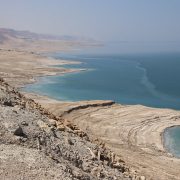With the lowest number of permanent residents in the country, Antarctica has to be one of the most amazing places which could be visited by humans.
Starting from the incredibly drawn natural glaciers, largest icebergs, and uniquely created residential areas, this country is full of some exciting places and facts which can leave the person in complete shock.
Some of the interesting facts about Antarctica which should be known by the masses are as follows:
1. No Rain or Snow in Antarctica for 2 Million Years
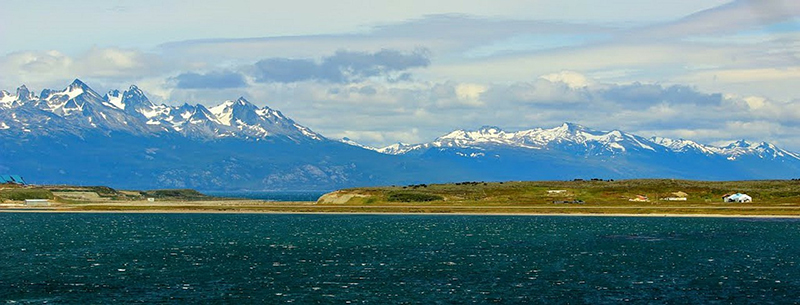
Only a very few people are aware of the fact that Antarctica also a dessert which hasn’t received any kind of rain or snowfall for 2 million years.
According to the researchers, 99% of Antarctica is covered by snow. However, 1% of the land consists of the desert-dry place which is commonly referred to as the dry valley.
Most people hold the opinion that climate change could hurt Antarctica leading to a 25% expansion in the ice-free zone.
2. Blood fall in Antarctica
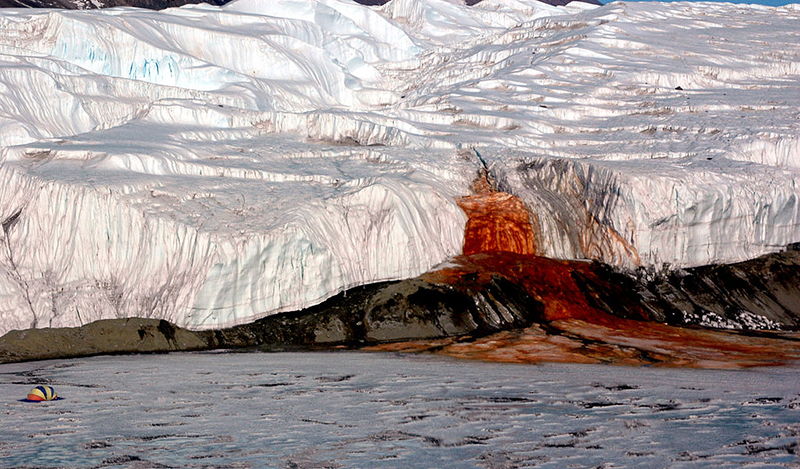
Credits: Peter Rejcek
Well, that’s not the real blood, but the remains of the Brine lakes which was formed due to the disruption in the sea level.
After millions of the year, the glacier was formed on the lake which made the lake saltier and changed its color due to the chemical reactions.
Now the lake is three times saltier than the seawater and consists of blood-red color.
3. Meteorites
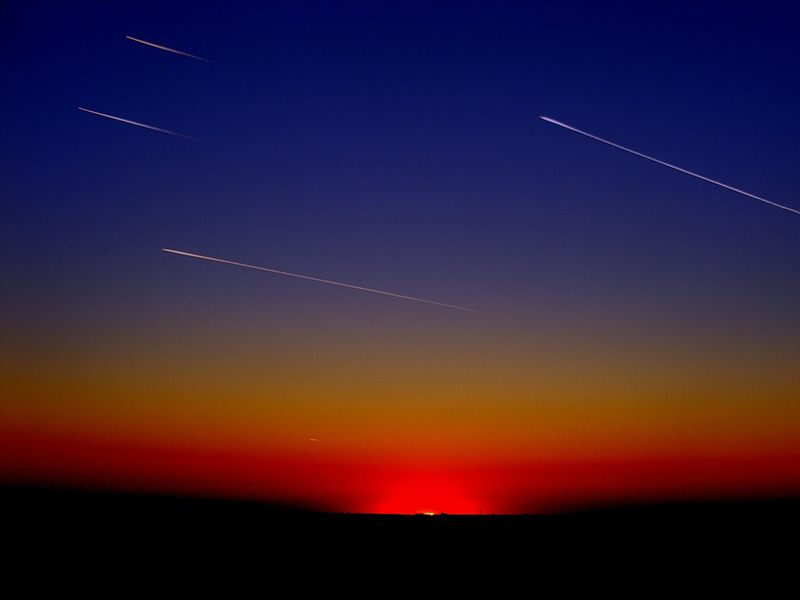
Antarctica is one of the countries in the world with the highest amount of meteorites.
Most of the scientists believe that meteorites are equally distributed in the world.
However, different climate changes can impact their visibility.
Since the climate of Antarctica is very dry therefore, the can be seen more on the ice paths or the surfaces which consist of a high amount of white lining.
4. Deep Lake in Antarctica
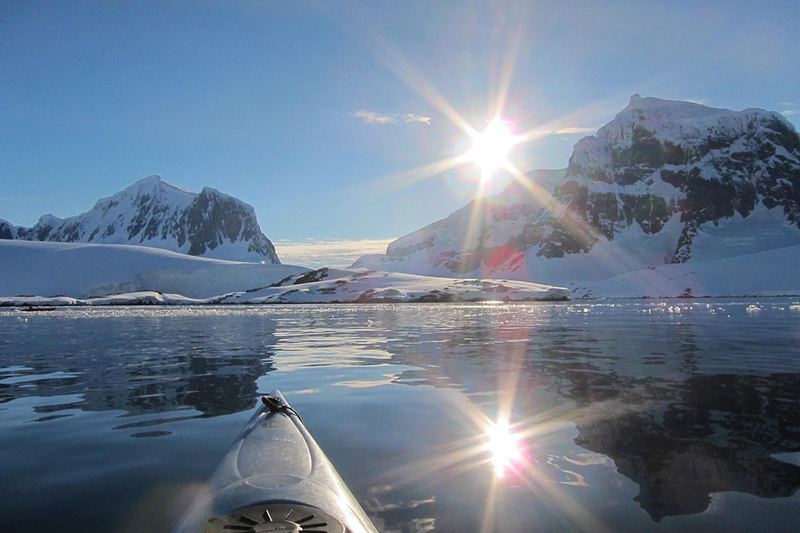
Antarctica consists of one of the deepest lakes in the world called Lake Vostok.
Although the lake is referred to as the least productive one when it comes to its overall contribution to the ecosystem, however, it is still impossible to ignore its remarkable features.
Lake Vostok is said to be 10 times saltier than the seawater and even the dead-sea.
The level of Salinity tends to keep the Lake liquid even under extremely cold weather conditions.
5. 70% of World’s Fresh Water
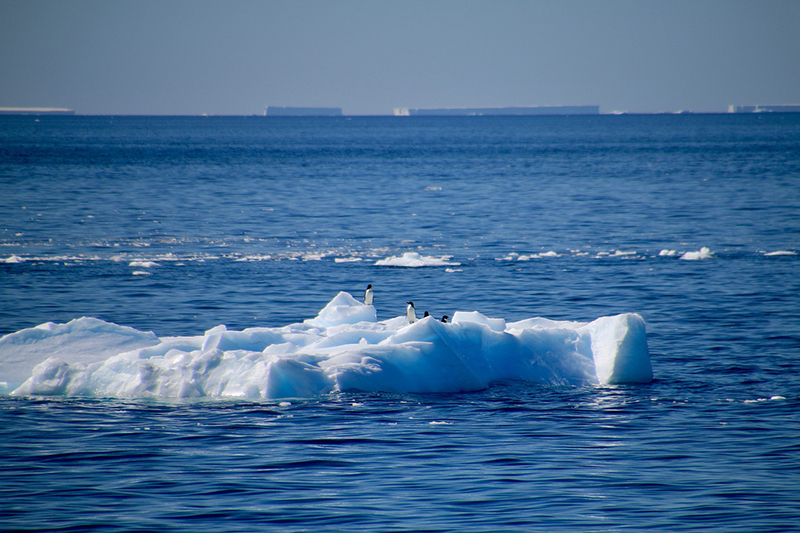
It’s the beauty of nature that 90% of the world’s ice is in Antarctica and 70% of the freshwater is found in the same region.
The researchers believe if all the ice in Antarctica gets melted, it can increase the sea level all around the world by 200 feet, which deemed to be dangerous
6. The Thickness of Ice Sheet

Due to the association of the country with the Southern region of the world, the thickness of the ice sheets in the country is comparatively bigger than other colder regions of the world.
The average thickness can go up to 1 mile and under extreme conditions, the researchers believe that it can also go up to three miles forming unbelievably larger sheets.
7. No official Time Zone of Antarctica
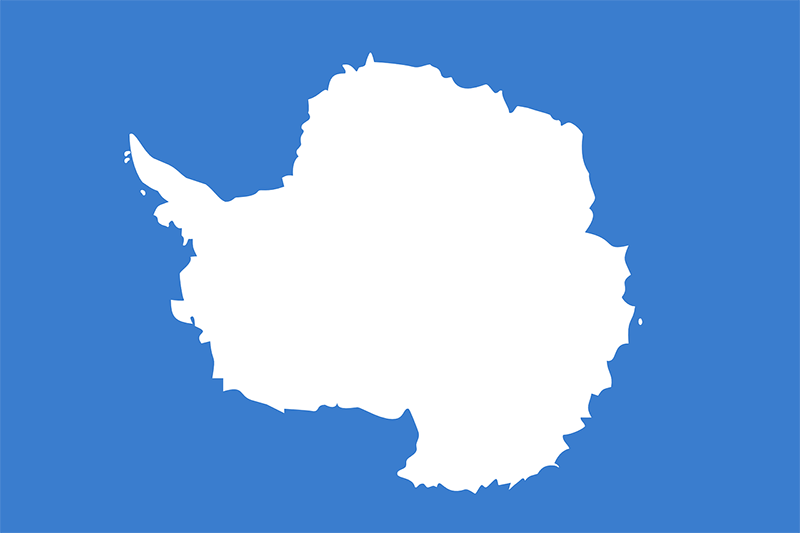
Antarctica indeed consists of no official time zone.
Since the country consists of no permanent residents therefore, no time zone is followed in particular.
Most of the stations tend to use their local time zones or the time zones of the nearest country.
For examples, the McMurdo airport and station uses the time zone of New Zealand. Similarly, for communication purposes, the time zones of the opposite country are followed.
8. The Secret and Special Road to Russia
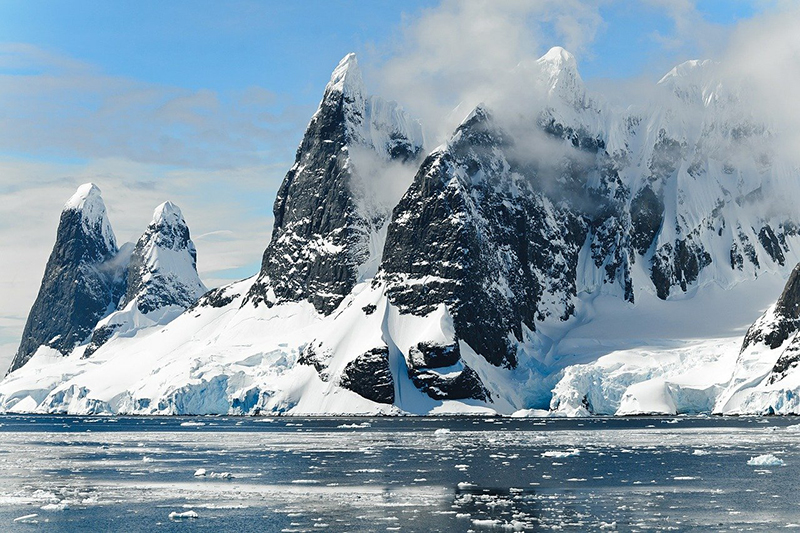
If you are the travelers who just couldn’t stay in one place and who always wants to explore the world by road then, you should try giving a chance to secret and special road route which connects Antarctica and Russia.
Although the Siberian Road to Yakutsk is a little hard to cover because it’s always full of ice but a try wouldn’t cost you a lot.
9. The biggest Iceberg in the World
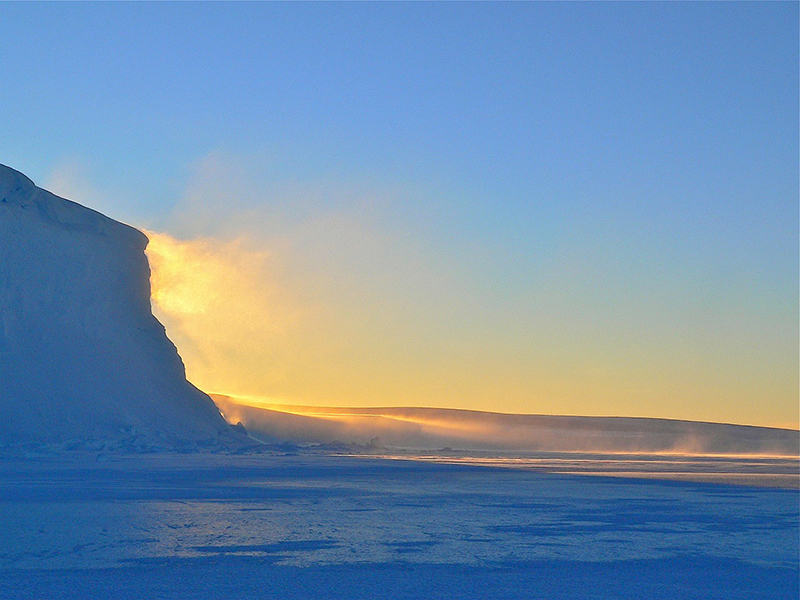
Antarctica consists of one of the biggest icebergs in the world which was 213 miles long and 23 miles wide, making it the enormously large one.
The iceberg was labeled as B-15 which was later broken into smaller pieces back in 2,000.
The swimmers who are planning to try out swimming in the icy ocean anytime soon can also encounter some of the remains of b-15 on their way.
10. Two Civilian Towns
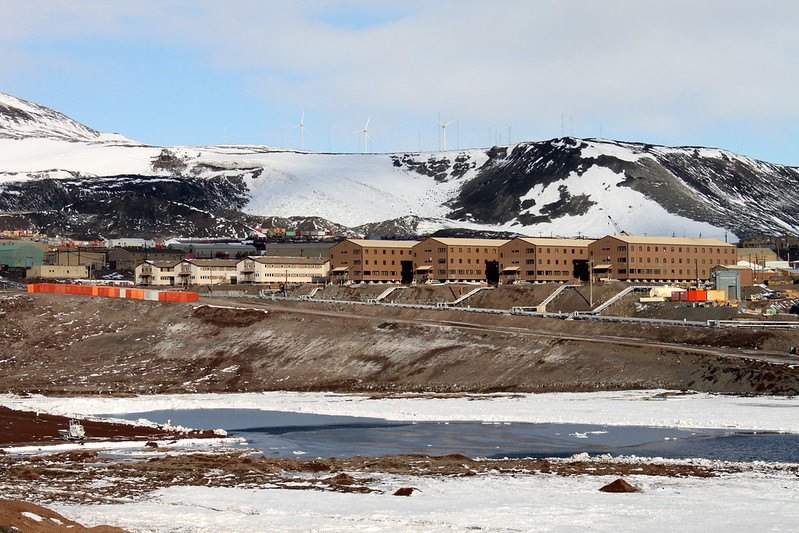
Photo: eliduke
Although the number of residents in Antarctica is almost near to zero still the country consists of two larger civilian towns having all the important facilities such as hospitals, schools, mobile coverage centers, and postal services.
One such town is situated in state McMurdo which is commonly referred to as an unreachable one because of the airport dangerous to land at, and inaccessible road routes which can cause severe issues for visitors
11. No Sled Dogs in Antarctica
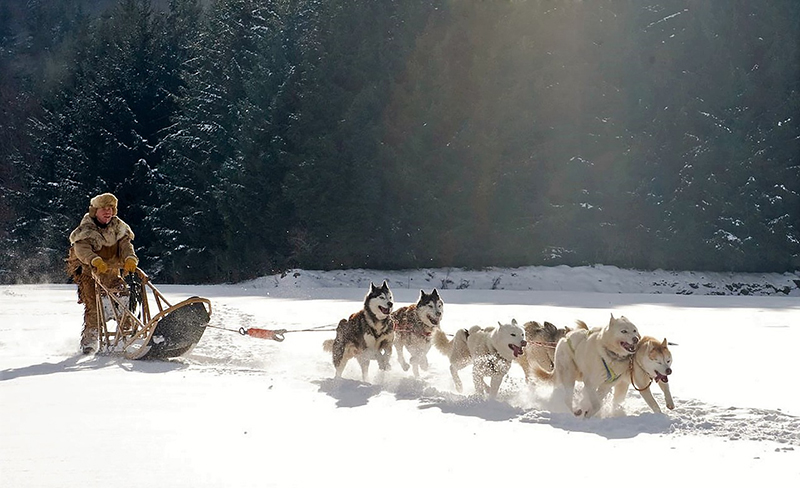
It is quite interesting to observe that the people visiting Antarctica would never be able to see a Sled Dogs in the region because they were permanently banned by the local government in 1993.
The reason for the ban is linked with protecting the wildlife of the region and also to control the chances of canine temper transmission which is carried by the Sled dogs.
12. The Existence of 300 lakes Under the Ice Street
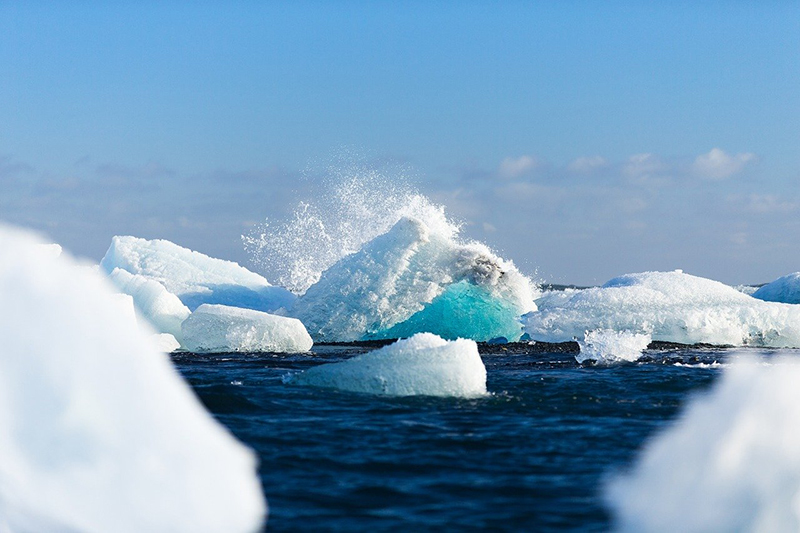
One of the most interesting facts about Antarctica is that it consists of a complete ice street that has more than 300 lakes beneath it.
The lakes are situated under the street and they never froze because of the geothermal powers of nature which help to provide the heat.
So visitors can easily identify more than 300 lakes in different parts of the region which will be covered by a thin ice sheet.
13. The Lowest Surface Temperature
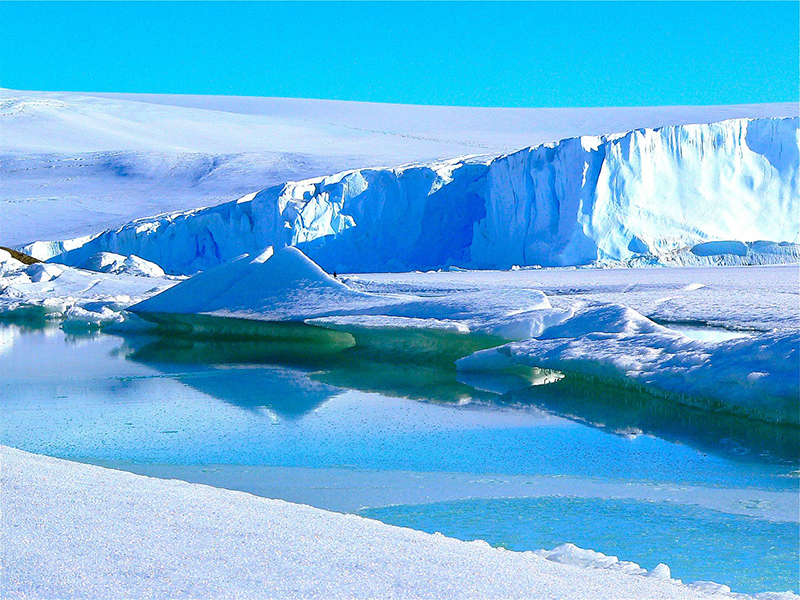
It won’t be wrong to state that every year Antarctica surprises the researchers with some newer findings.
During the 2000s, the researchers recorded the lowest temperature on the earth’s surface at -93 and it was claimed that the number was the lowest in the world’s history.
However, during another survey in recent years, the researchers recorded -98 degrees during the polar winter nights making it the record-breaking lowest surface temperature ever witnessed.
14. Active Volcanoes
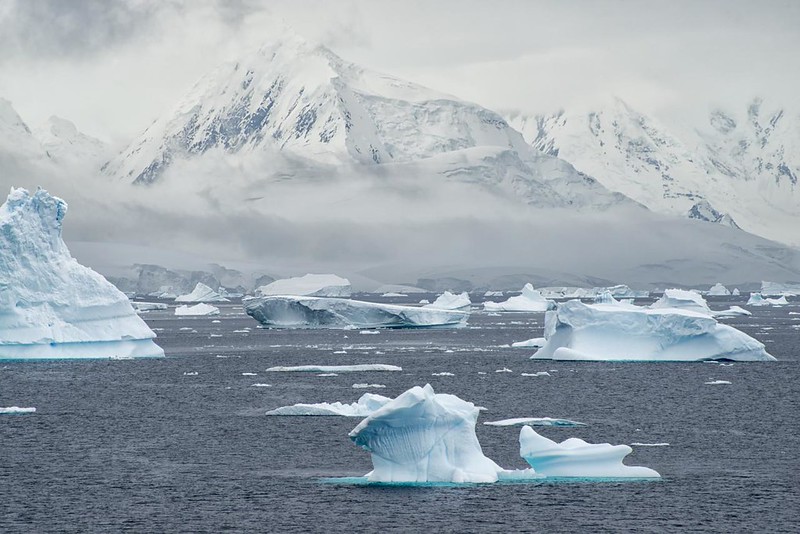
Photo: Christopher.Michel
The Antarctica regions consist of active volcanoes which are always spitting out the molten rocks, producing the lave lake and bubbling based on the changes in the weather.
The active volcano in Antarctica is found at Mount Erebus which is said to be one of the deepest mount in the region with 927 centigrade lave lake.
15. No Ants in Antarctica

The most interesting fact about Antarctica could be that the region is potentially free from any kind of ant species.
Almost all parts of the world are perfectly conquered by ants of different types.
However, ants just couldn’t bear the rising temperatures of the state therefore, they decided not to come.
According to the researchers, the continuous rise in the temperature makes the survival of ants difficult in the region, by freezing their wings or the feet.
16. The only State without Snacks and Reptiles
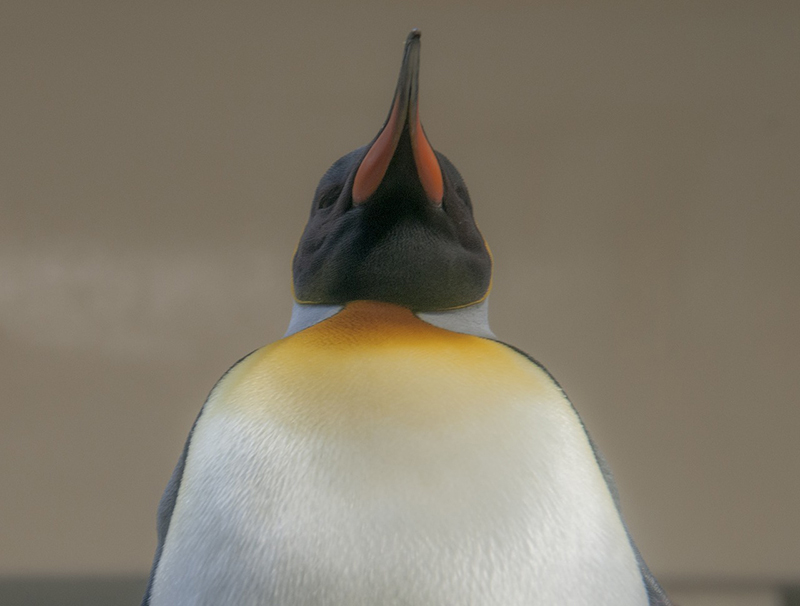
No doubt that the icy region of Antarctica is full of some cute penguins and seals which are always seen playing by the shore.
However, the tourists would never be able to find any reptiles in the state because of extremely harsh weather conditions which make the breeding procedure difficult for them.
On the other hand, Antarctica is home to more than 17 different types of species that are responsible for keeping the wildlife alive in the region.
17. Loss of Three Trillion Ice
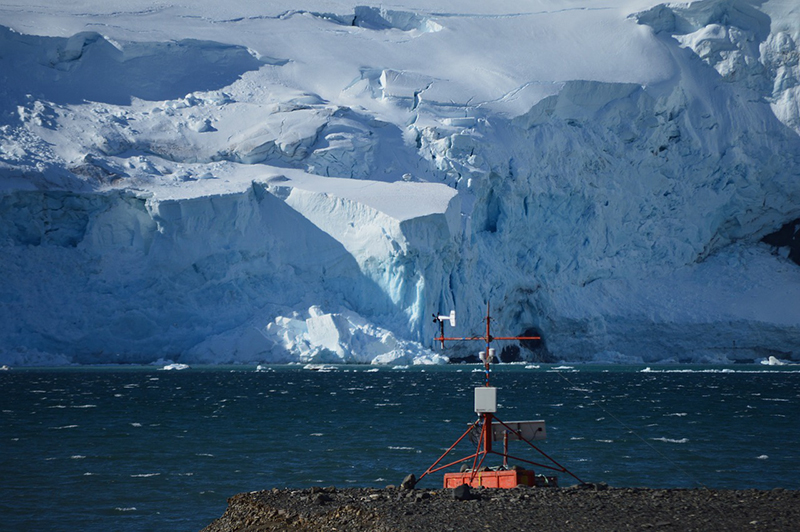
According to the research, in the last 25 years, the region has lost three trillion tons of ice to global warming and the number is expected to hike up in the coming years because of the continuous weather changes.
Sadly every year, the region is losing up to 241 billion tons, making the condition worse.


